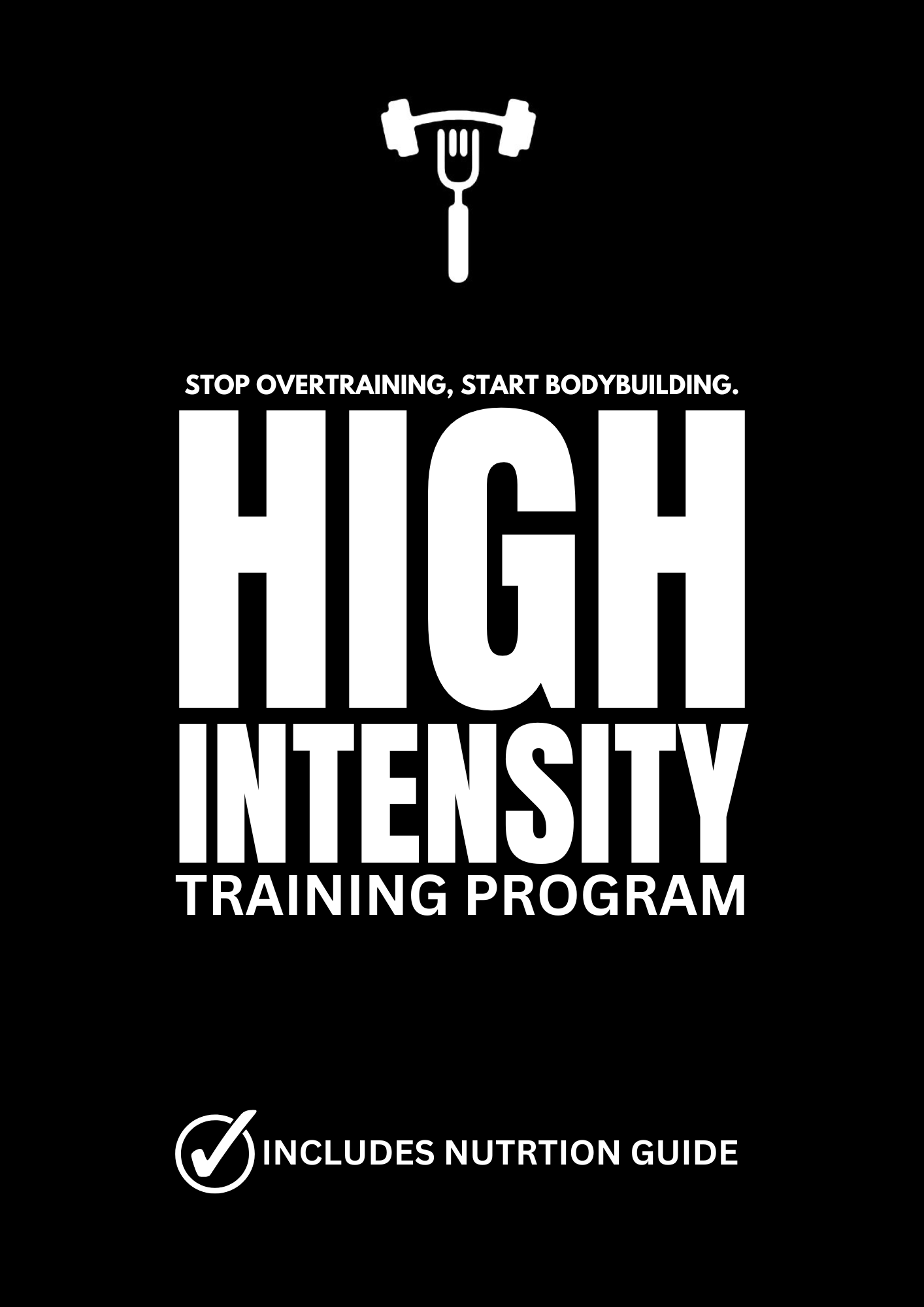The Science Behind One Set to Failure Training

In the world of fitness, where various training methods claim superiority, the one set to failure training system has stood the test of time as one of the most popular and effective approaches. Athletes, bodybuilders, and fitness enthusiasts have embraced this concept for decades, and recent scientific studies have solidified its credibility. This article explores the science behind the one set to failure training system, shedding light on its benefits and how it can be leveraged to maximize workout results.
What is One Set to Failure?
One set to failure is a training technique that involves performing a single set of an exercise until the muscles reach a point where they can no longer complete another repetition. This intensity-maximizing approach aims to ensure that the muscles are pushed to their absolute limits, promoting greater adaptation and growth.
Benefits of One Set to Failure
1. Time Efficiency: One of the key advantages of the one set to failure method is its time efficiency. Achieving the same results as multiple sets in a shorter period allows individuals to streamline their workout routines without compromising effectiveness.
2. Strength and Muscle Mass Gains: By pushing muscles to their maximum capacity, the one set to failure technique stimulates adaptation, resulting in increased strength and muscle mass. Scientific research supports the idea that training to failure in one set elicits higher gains compared to not reaching failure.
3. Safety: Contrary to common misconceptions, one set to failure can be a safe way to train. When executed with slow and precise exercise form, the risk of injury is minimized, making it a reliable method for those concerned about safety during workouts.
The Science Behind One Set to Failure
The effectiveness of the one set to failure system lies in its ability to work muscles with maximum intensity. Scientific research consistently demonstrates that opting for one set to failure per exercise yields higher strength and muscle mass gains than performing multiple sets. Increasing the number of sets beyond one does not provide additional benefits.
Best Exercises for One Set to Failure
To make the most of the one set to failure training system, it is advisable to focus on compound exercises. These movements engage multiple muscle groups, allowing individuals to lift heavier loads and effectively increase overall muscle mass. Examples of compound exercises include squats, deadlifts, bench presses, and pull-ups. Maintaining perfect form and concentrating on the muscles being worked is crucial for optimal results.
Conclusion
The one set to failure training technique has not only endured the test of time but has also been validated by scientific research as an effective method for increasing strength and muscle mass. With its time efficiency, safety, and proven results, this approach offers a valuable alternative for individuals seeking to maximize their workout outcomes. Embrace the one set to failure training system, and witness the transformative power it can bring to your fitness journey.
For any inquiries related to Heavy Duty, High-Intensity Training, Diet, and more, feel free to email us, and we'll provide you with the answers you need to optimize your training regimen.

